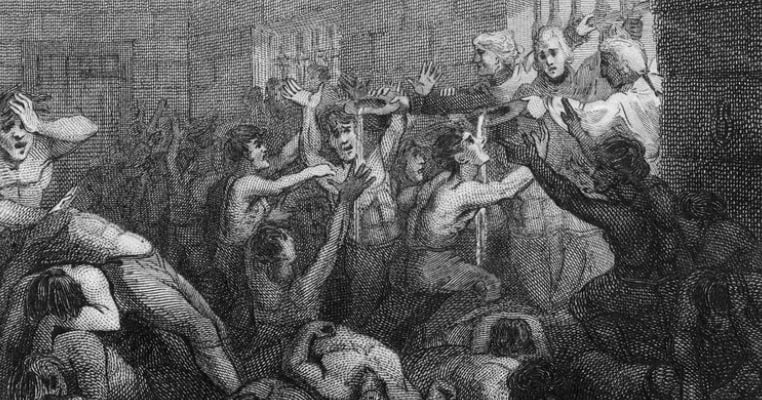
ADVERTISEMENT - CONTINUE READING BELOW
13. Port Arthur prison was the destination for some of Britain’s most hardened criminals
When using convicts as the human population for colonies a certain level of recidivism is to be expected, as was the case in the American colonies, where some of the earliest public buildings erected were jails. The same was true in the Australian colonies and those of New Zealand and Tasmania. Port Arthur was established in the latter as a timber camp in 1830, and from 1833 to 1853 received convicts as a penal colony which included recidivists from the other penal colonies of the South Seas as well as convicts directly from Great Britain. It was located on an isthmus which was fenced and heavily guarded, including with deliberately half-starved dogs, with the other three sides surrounded by shark-infested waters.
Prisoners which behaved well were rewarded with better food than new arrivals or miscreants, who were fed bread and water. They were also hooded, and prohibited from speaking with one another in the prison, which was completed in 1853 and later expanded. The so-called Silent System was implemented in the belief that the resulting isolation led to self-reflection which in turn would lead to more socially acceptable behavior. Many of the prisoners went insane under the system, and the government built an asylum next to the prison to accommodate them, though conditions there were little better than those in the prison. Prisoners at Port Arthur included boys as young as 9 years of age, kept segregated from the adult prisoners.

